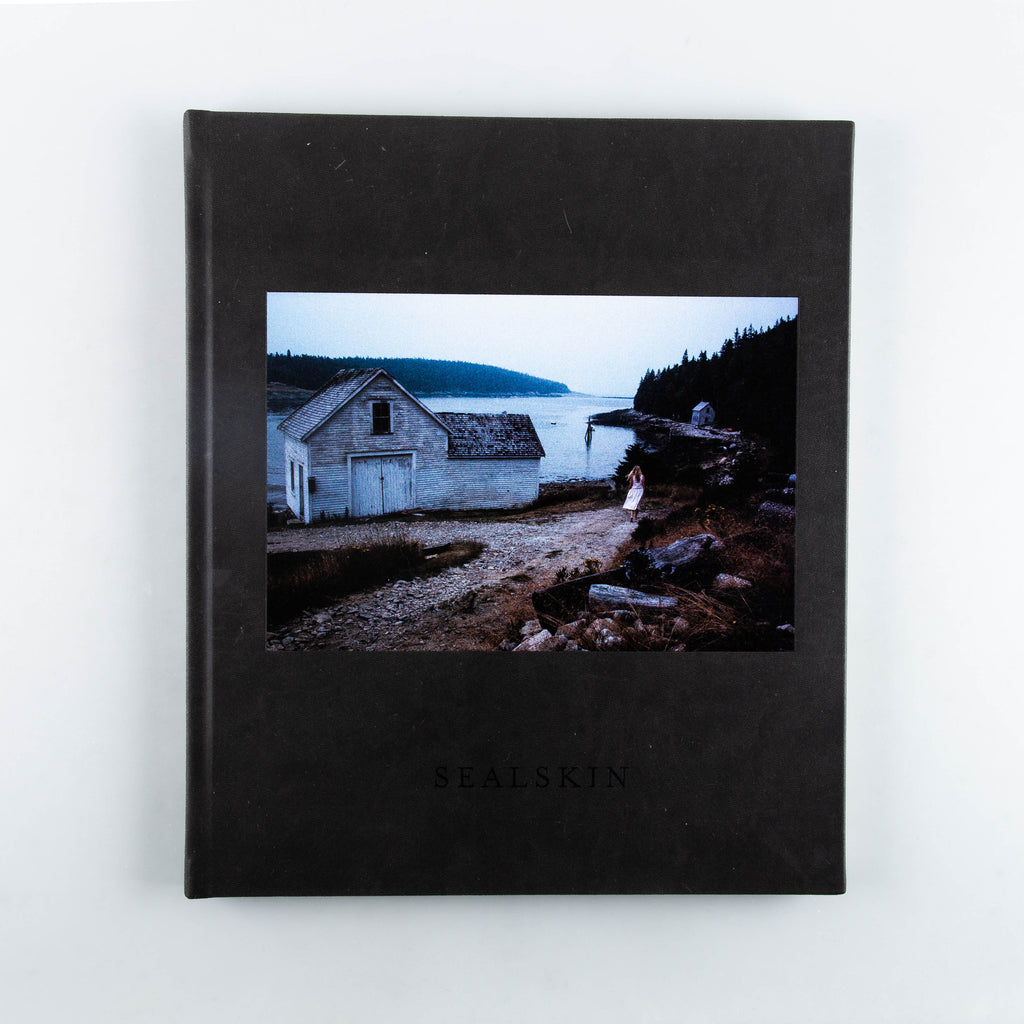Sealskin
Jeff Dworsky
£65.00
Jeff Dworsky dropped out of school at 14, bought a Leica at 15, and moved to a small island in Maine at 16. He became a fisherman. He met a girl, got married, and moved to an even smaller island. He built a life. He dug a well. Built a boat. Planted a garden.... Read More
Jeff Dworsky dropped out of school at 14, bought a Leica at 15, and moved to a small island in Maine at 16. He became a fisherman. He met a girl, got married, and moved to an even smaller island. He built a life. He dug a well. Built a boat. Planted a garden. Set foundation stones. Built a house. Built traps. Raised sheep. He fathered three children. His wife left the island and the life they had built. He stayed and raised the children. He fished for 40 years. He is there still, on a small island in Penobscot Bay.
“Jeff Dworsky embodies my ideal of an artist: someone obsessed with living their life and making pictures as the byproduct. Ten years ago I bumped into Jeff at a small coffee shop on an island in Penobscot Bay. He turned, saw my Leica and said, "I used to shoot with a Leica", and that was the beginning of our friendship.
Each year I'd visit him and dig through his archive (and cardboard boxes) of Kodachrome slides. Getting to know him while seeing his life through his own eyes. There was so much mystery and beauty in his photos, especially photos of his wife and young children. They were his muses. There was a striking sense of mystery in the way he depicted his wife—planting a garden, birthing a child, walking through foggy fields, or naked at the edge of the ocean. Seeing her pictured at the edge of the water I couldn’t help but think of the statue of Kópakonan, the legendary selkie on the island of Kalsoy. Over time, her presence faded from the images, marking a clear shift in his work. When I asked him about it, his response was direct, "My ex-wife left the island. We stayed".
Selkie folklore are romantic tragedies, ending with the Selkie returning to the sea after several years as a wife to a human, leaving behind the husband and children. Torn between the life she has and the life she had. These folktales embodied not only the emotional tone of the work I had felt from the first time I saw it, but was eerily similar to Jeff's own life. His story reminds us that folklore and myths might be more real than we'd like to believe.” - Jesse Lenz








